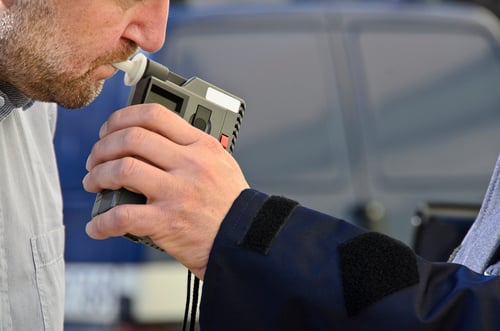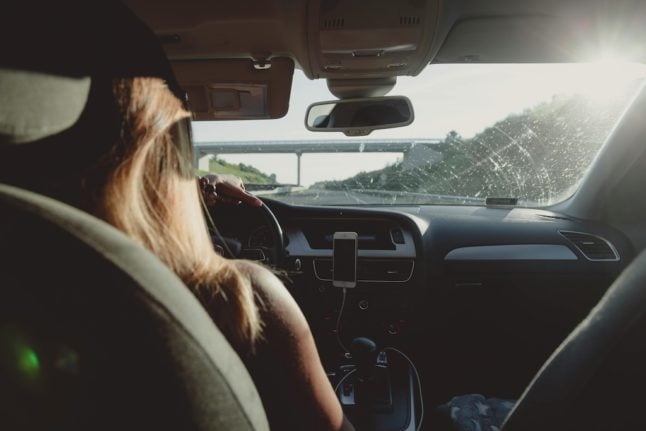The General Directorate of Traffic (DGT) this week announced plans to carry out more roadside controls to test for drivers under the influence of alcohol and drugs.
The measures will include an extra 130,000 spot tests and will target drivers out on the road early on Saturday and Sunday mornings when the roads tend to be busiest with recreational cyclists.
Authorities said they will also introduce harsher penalties for those who are caught repeat offending, including steep fines and outright bans for anyone caught over the legal alcohol limit for a second time in two years.
More than 400 cyclists have been killed on Spain’s roads in the last decade, according to El Pais, with the number of accidents involving cyclists and cars doubling between 2009 and 2015.
Earlier this month three cyclists were killed on a road outside Oliva, on Spain’s Costa Blanca, after being ploughed into by a 28-year-old woman who tested positive for both alcohol and drugs.
It later emerged that the driver, who veered across the road into a cycling club on a Sunday morning, was a repeat offender and had lost her licence after being caught drunk driving four years ago.
Dos ciclistas muertos y 3 heridos en un atropello N-332 Oliva. Conductora ha dado positivo en control alcoholemia https://t.co/5R9OGNeWjN pic.twitter.com/ey6dD2YGt4
— telesafor (@tele7safor) May 7, 2017
As the region mourned the death of the cyclists, Juan Carlos Moragues, the central government’s representative in the Valencia region, demanded greater awareness of the problem of drunk driving.
“We have to be conscious that somebody behind the wheel who is under the influence of alcohol and drugs is a deadly weapon,” he said.



 Please whitelist us to continue reading.
Please whitelist us to continue reading.